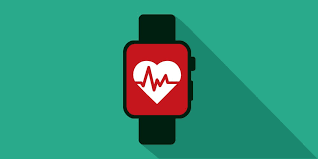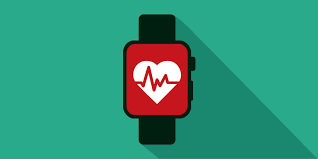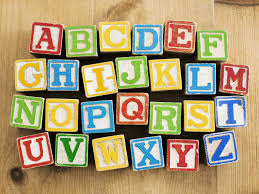Nuance Audio is a new option for people who resist traditional aids, from the company that makes Ray-Bans and operates LensCrafters.
Seekers of Meaning Podcast Posted Online March 7, 2025
What's Next Longevity Deal Talk Episode 32, January, 2025
Presentation: What's Next Longevity Venture Summit, June, 2025

 October was a long and extravagant month for the tech market. Between trade events, including the
October was a long and extravagant month for the tech market. Between trade events, including the  You are increasingly likely to have a wearable -- around your neck or on your wrist. You may collect your own data for your own tracking and use. For those who see a wearable in a health context, they may be disappointed to know that their doctor doesn’t seem to care or know what to do with your heart rhythm data. But you can gain great benefit from tracking your performance (exercise, heart rate) – competing with yourself, and feeling the satisfaction from any improvement over time. What are the benefits of wearables today -- and in the future?
You are increasingly likely to have a wearable -- around your neck or on your wrist. You may collect your own data for your own tracking and use. For those who see a wearable in a health context, they may be disappointed to know that their doctor doesn’t seem to care or know what to do with your heart rhythm data. But you can gain great benefit from tracking your performance (exercise, heart rate) – competing with yourself, and feeling the satisfaction from any improvement over time. What are the benefits of wearables today -- and in the future? sp of August and Labor Day's hurricane Dorian is behind us. Note how a
sp of August and Labor Day's hurricane Dorian is behind us. Note how a  How do wearables contribute to health and wellbeing of older adults? Did something happen
How do wearables contribute to health and wellbeing of older adults? Did something happen  The new trend – tech/services for older adults, not just tech. When the 2009 Market Overview was completed a decade ago, there were gadgets galore, most introduced with maximum enthusiasm and a shoestring of cash. Today, perhaps due to pending boomer bulge, innovators and their funders may be having a somewhat easier time, at least in some market categories – health, home care, transportation come to mind. The other apparent trend is the enthusiasm of partners (health care, senior living, home care) to try out new tech-enabled services that target a problem or opportunity that may have existed a decade ago, but is truly apparent today. Finally, the pace of tech improvement is notable – lower cost and improved utility of on body (or in-room) sensors, predictive analytics, and device integration – with smartphones, health systems, and broader solution sets. Here are eight of the 33 new offerings from the
The new trend – tech/services for older adults, not just tech. When the 2009 Market Overview was completed a decade ago, there were gadgets galore, most introduced with maximum enthusiasm and a shoestring of cash. Today, perhaps due to pending boomer bulge, innovators and their funders may be having a somewhat easier time, at least in some market categories – health, home care, transportation come to mind. The other apparent trend is the enthusiasm of partners (health care, senior living, home care) to try out new tech-enabled services that target a problem or opportunity that may have existed a decade ago, but is truly apparent today. Finally, the pace of tech improvement is notable – lower cost and improved utility of on body (or in-room) sensors, predictive analytics, and device integration – with smartphones, health systems, and broader solution sets. Here are eight of the 33 new offerings from the